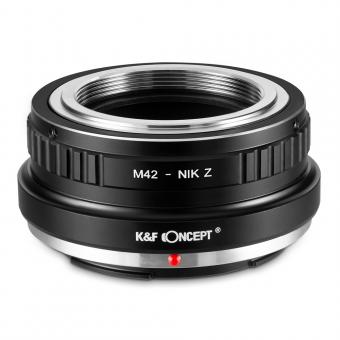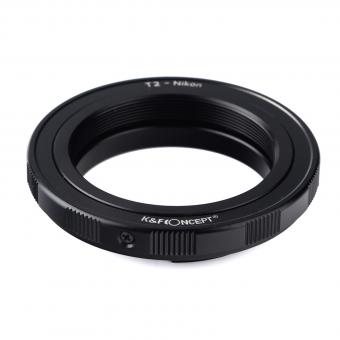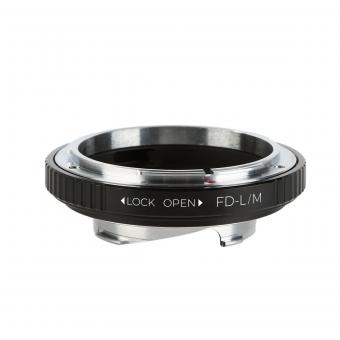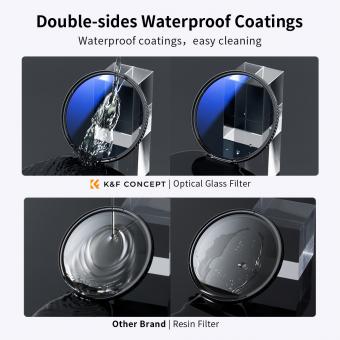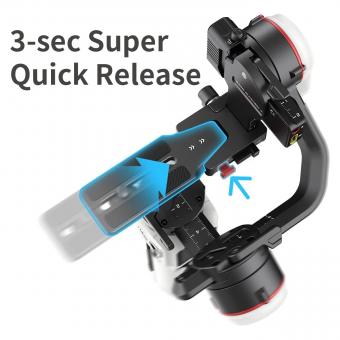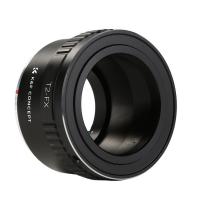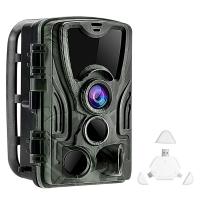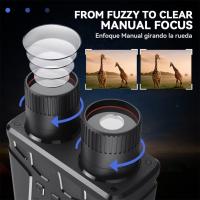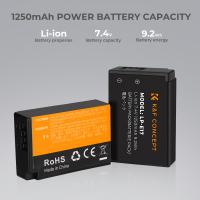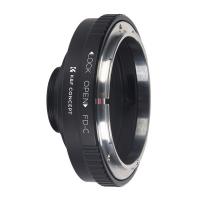How Do Camera Stabilizers Work ?
Camera stabilizers work by reducing or eliminating the unwanted movements or vibrations that can occur when filming handheld footage. They typically use a combination of counterweights, springs, and/or motors to stabilize the camera and keep it level and steady. Some stabilizers are designed to be held by hand, while others can be mounted on tripods or other supports. The most common types of camera stabilizers include gimbals, which use motors to keep the camera level and steady, and steadicams, which use counterweights and springs to absorb and dampen unwanted movements. Other types of stabilizers include shoulder rigs, which distribute the weight of the camera across the operator's body, and sliders, which allow for smooth horizontal movements. Overall, camera stabilizers are an essential tool for filmmakers and videographers looking to capture smooth, professional-looking footage.
1、 Gimbal technology

Camera stabilizers work by reducing the amount of camera shake and movement during filming. This is achieved through the use of various technologies, including gimbal technology.
Gimbal technology is a type of camera stabilization system that uses three axes to keep the camera steady. The three axes are pitch, roll, and yaw, and they work together to keep the camera level and stable. The pitch axis controls the up and down movement of the camera, the roll axis controls the side to side movement, and the yaw axis controls the rotation of the camera.
The latest advancements in gimbal technology have made camera stabilizers more efficient and effective than ever before. For example, some gimbals now use advanced sensors and algorithms to detect and compensate for even the slightest movements, resulting in smoother and more stable footage.
Additionally, some camera stabilizers now come with built-in features such as object tracking and motion time-lapse, which allow filmmakers to capture dynamic shots with ease. These features are made possible by the latest advancements in gimbal technology.
Overall, camera stabilizers and gimbal technology have revolutionized the way filmmakers capture footage, allowing for smoother and more professional-looking shots. As technology continues to advance, we can expect even more exciting developments in this field.
2、 Inertial measurement unit (IMU)
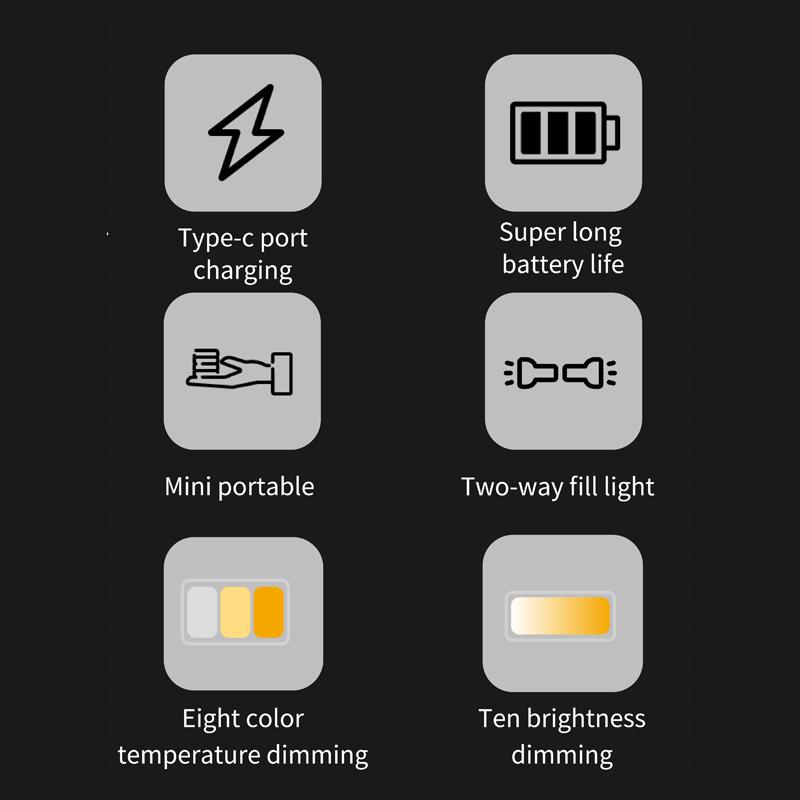
Camera stabilizers work by reducing the amount of camera shake and movement during filming. This is achieved through the use of an Inertial Measurement Unit (IMU), which is a device that measures the acceleration, rotation, and orientation of the camera. The IMU sends this data to a microprocessor, which then calculates the necessary adjustments to keep the camera stable.
The microprocessor controls the motors in the stabilizer, which move the camera in the opposite direction of any movement detected by the IMU. This creates a counter-movement that cancels out the camera shake and keeps the camera steady. Some camera stabilizers also use gyroscopes to help stabilize the camera.
The latest point of view on camera stabilizers is that they have become increasingly popular and accessible to filmmakers of all levels. With the rise of social media and online video content, there is a growing demand for high-quality, stable footage. Camera stabilizers have also become more affordable and portable, making them a popular tool for vloggers and content creators who need to film on the go.
In addition, advancements in technology have led to the development of more advanced camera stabilizers, such as those with three-axis gimbals that provide even greater stability and control. These gimbals can also be controlled remotely, allowing filmmakers to capture shots from unique angles and perspectives.
Overall, camera stabilizers are an essential tool for any filmmaker or videographer looking to capture smooth, stable footage. With the latest advancements in technology, they have become more accessible and versatile than ever before.
3、 Motorized stabilization
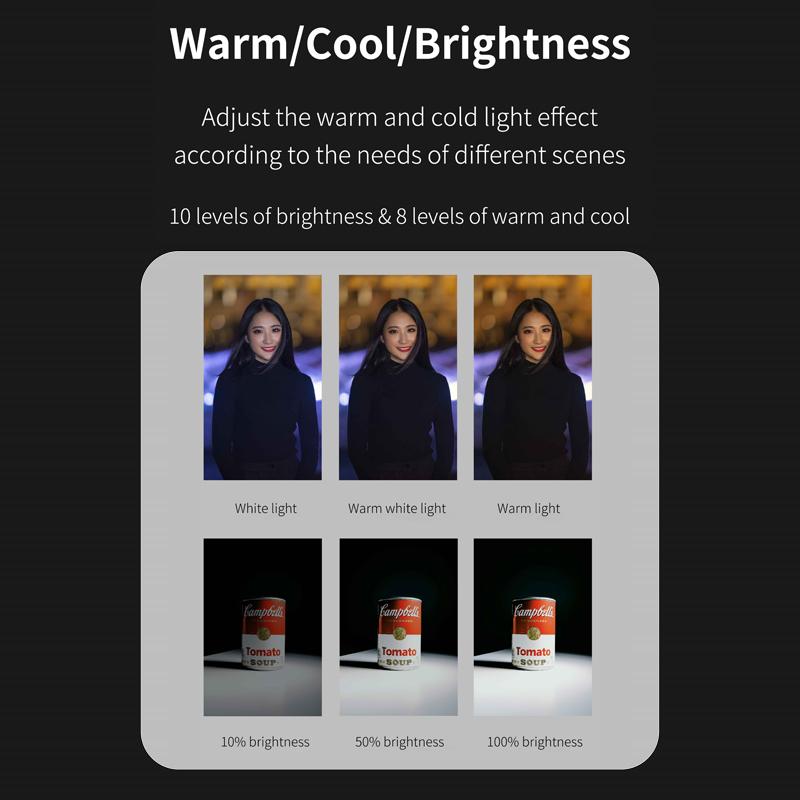
Camera stabilizers are devices that help to reduce camera shake and provide smooth footage while filming. They work by counteracting the movement of the camera, which can be caused by factors such as walking, running, or even wind. There are different types of camera stabilizers, but one of the most popular is motorized stabilization.
Motorized stabilization uses motors and sensors to detect and counteract camera movement. The sensors detect the movement of the camera, and the motors move the stabilizer in the opposite direction to counteract the movement. This results in smooth and stable footage, even when the camera is moving.
The latest point of view on motorized stabilization is that it has become more advanced and accessible in recent years. With the rise of smartphones and action cameras, there are now many affordable motorized stabilizers available on the market. These stabilizers are often compact and lightweight, making them easy to carry around and use in a variety of situations.
In addition, some motorized stabilizers now come with advanced features such as object tracking and motion time-lapse. Object tracking allows the stabilizer to follow a moving subject, while motion time-lapse allows for smooth and stable time-lapse footage.
Overall, motorized stabilization is a highly effective way to achieve smooth and stable footage. With the latest advancements in technology, it has become more accessible and affordable than ever before.
4、 Three-axis stabilization
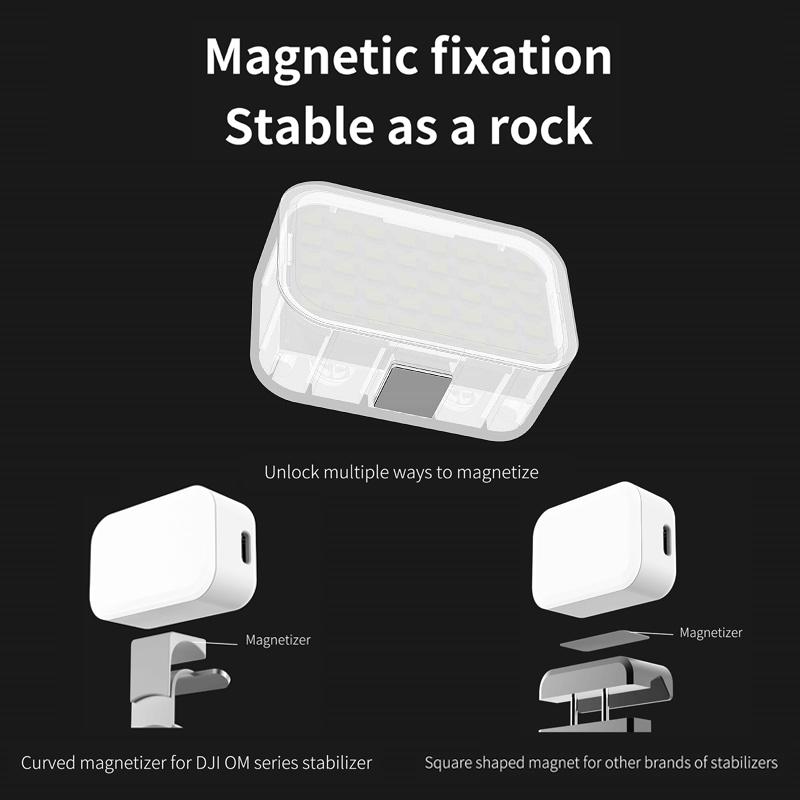
Camera stabilizers are devices that help to reduce camera shake and provide smooth footage while filming. They work by using a combination of mechanical and electronic components to stabilize the camera and keep it level.
One of the most common types of camera stabilizers is the three-axis stabilization system. This system uses three motors to stabilize the camera along three different axes: pitch, roll, and yaw. The pitch axis controls the up and down movement of the camera, the roll axis controls the side to side movement, and the yaw axis controls the rotation of the camera.
The motors in the stabilizer work by detecting any movement or vibration in the camera and then making small adjustments to counteract it. This allows the camera to remain stable and level, even when the operator is moving or walking.
In addition to the mechanical components, many camera stabilizers also use electronic sensors and software to further enhance the stabilization. These sensors can detect even the smallest movements and make adjustments in real-time to keep the camera steady.
The latest point of view on camera stabilizers is that they have become increasingly popular and accessible to filmmakers of all levels. With advancements in technology, camera stabilizers have become more affordable and easier to use, allowing filmmakers to achieve professional-looking footage without the need for expensive equipment or a large crew.








